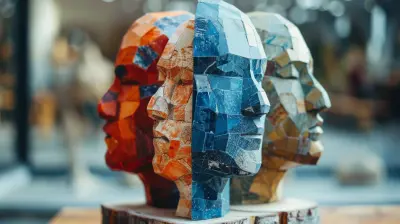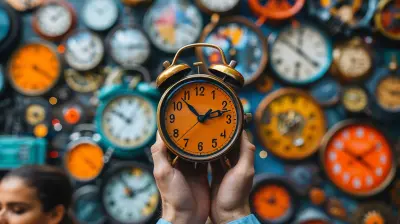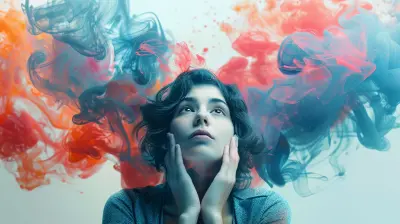The Neuroscience of Creativity: How Our Brains Innovate
21 June 2025
Let’s face it—creativity is like that mystical unicorn we’re all trying to ride. Whether you’re attempting to write your first novel, solve a stubborn problem at work, or simply decorate your living room without Pinterest-induced anxiety, creativity is your trusty sidekick. But have you ever stopped mid-brainstorm and thought, “Wait… what magical brain-jazz is actually happening up there?”
Well, buckle in. Because today, we’re diving headfirst into the quirky, fascinating world of your noggin and unraveling the neuroscience behind creativity. Spoiler alert: it’s not just about being hit by a muse or munching on kale smoothies. Your brain is doing a whole lot of electric salsa dancing behind the scenes.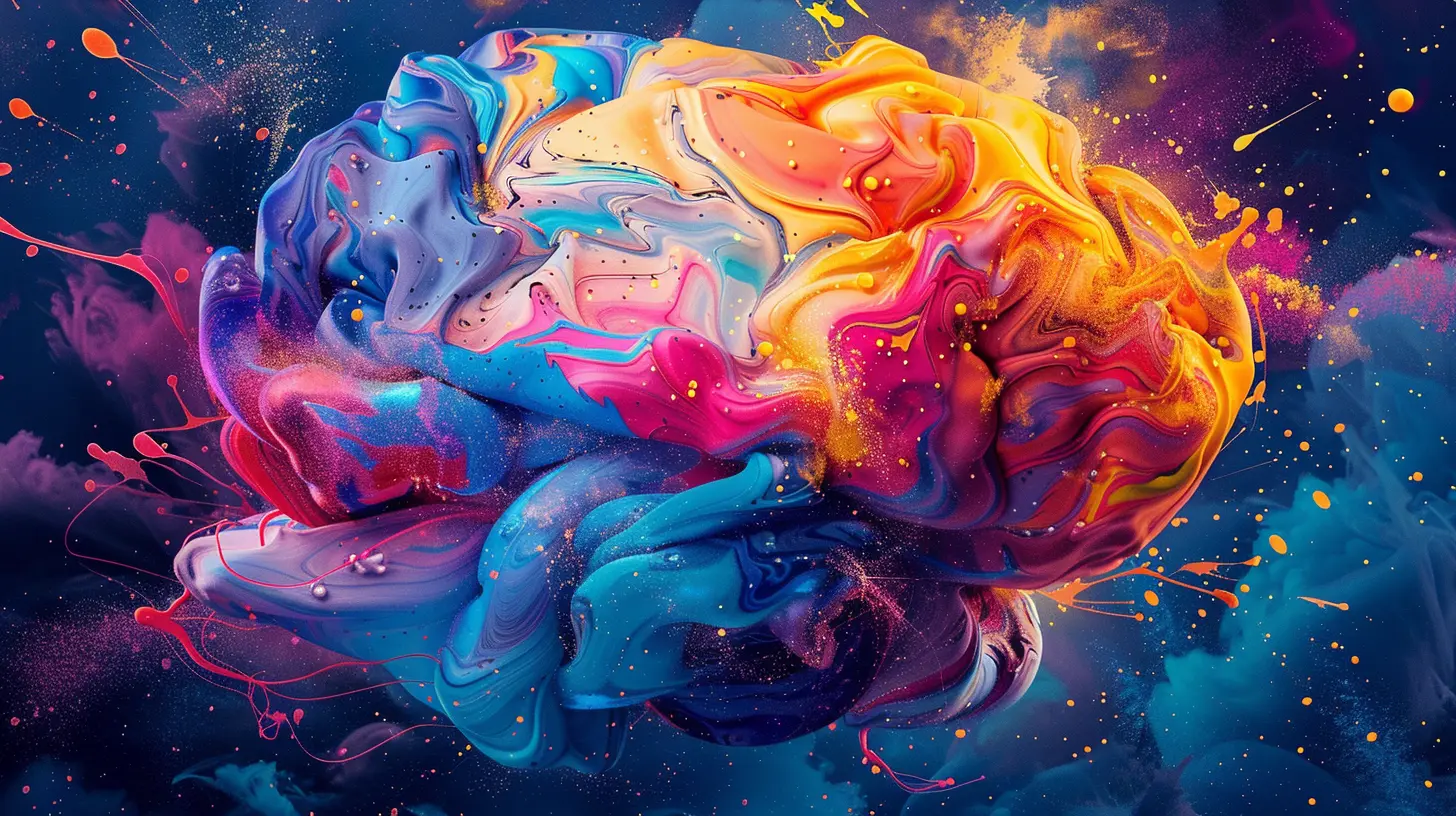
🎨 What Even Is Creativity?
Before we get all sciency, let’s break it down. Creativity isn’t just painting like Picasso or freestyling like Eminem. It’s the ability to generate new, original ideas that are both novel and useful.Problem-solving? Creative. Inventing a new app to remind you to drink water? Creative. Figuring out a new way to fold that fitted sheet? Okay, you’re basically Einstein.
The key is that creativity isn’t limited to the arts. It’s a full-brain workout of generating solutions, making connections, and thinking outside the YouTube tutorial box.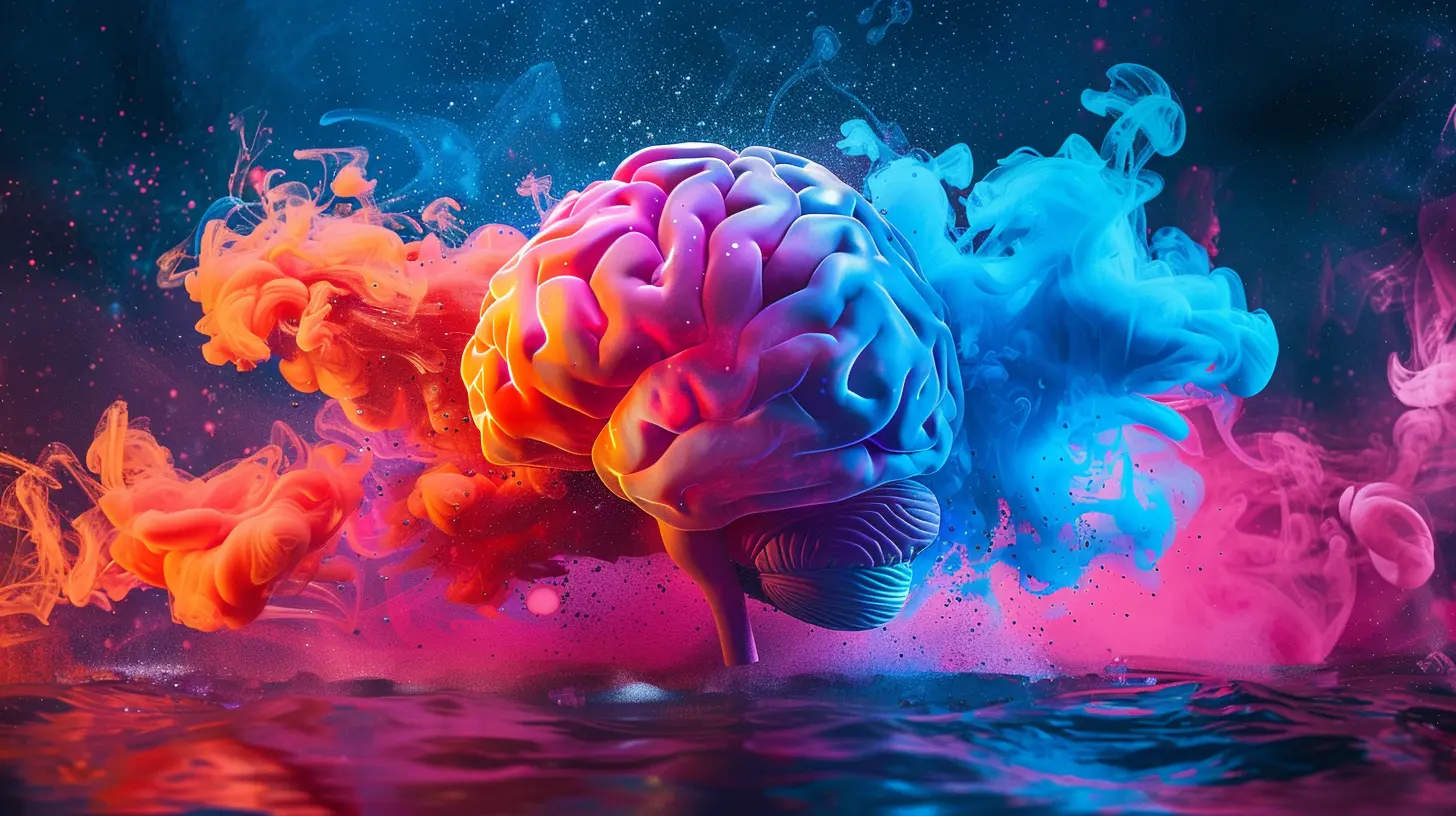
🧠 Meet the Brain Behind the Brainstorm
When you’re in the zone—whether it’s writing poetry, baking banana bread with a plot twist, or building a robot vacuum that can do taxes—there are three main brain networks playing a game of tag:1. The Default Mode Network (DMN)
Think of this as your brain’s daydream central. It lights up when your mind is wandering, imagining, or remembering. It’s the birthplace of shower thoughts and those “what if” ideas that hit you at 2AM.Fun fact: Some of the greatest inventions came from daydreaming. So yes, zoning out in meetings could be "creative incubation." (Just don’t tell your boss I said that.)
2. The Executive Control Network (ECN)
This is the brainy bouncer. It evaluates ideas, makes decisions, and asks, “Is this banana bread idea bonkers or brilliant?” It helps refine those wild DMN ideas and turns them into something real—and maybe even patentable.3. The Salience Network (SN)
Meet your brain's DJ. The SN switches between the DMN and the ECN, deciding what deserves your attention. Is it time to dream big or time to get stuff done? The SN has the playlist and it’s spinning the tracks.These three networks don’t work solo. They collaborate like a jazz trio—improvising, harmonizing, and occasionally screeching like a middle school recorder band. But when they’re in sync? That’s when the creative magic happens.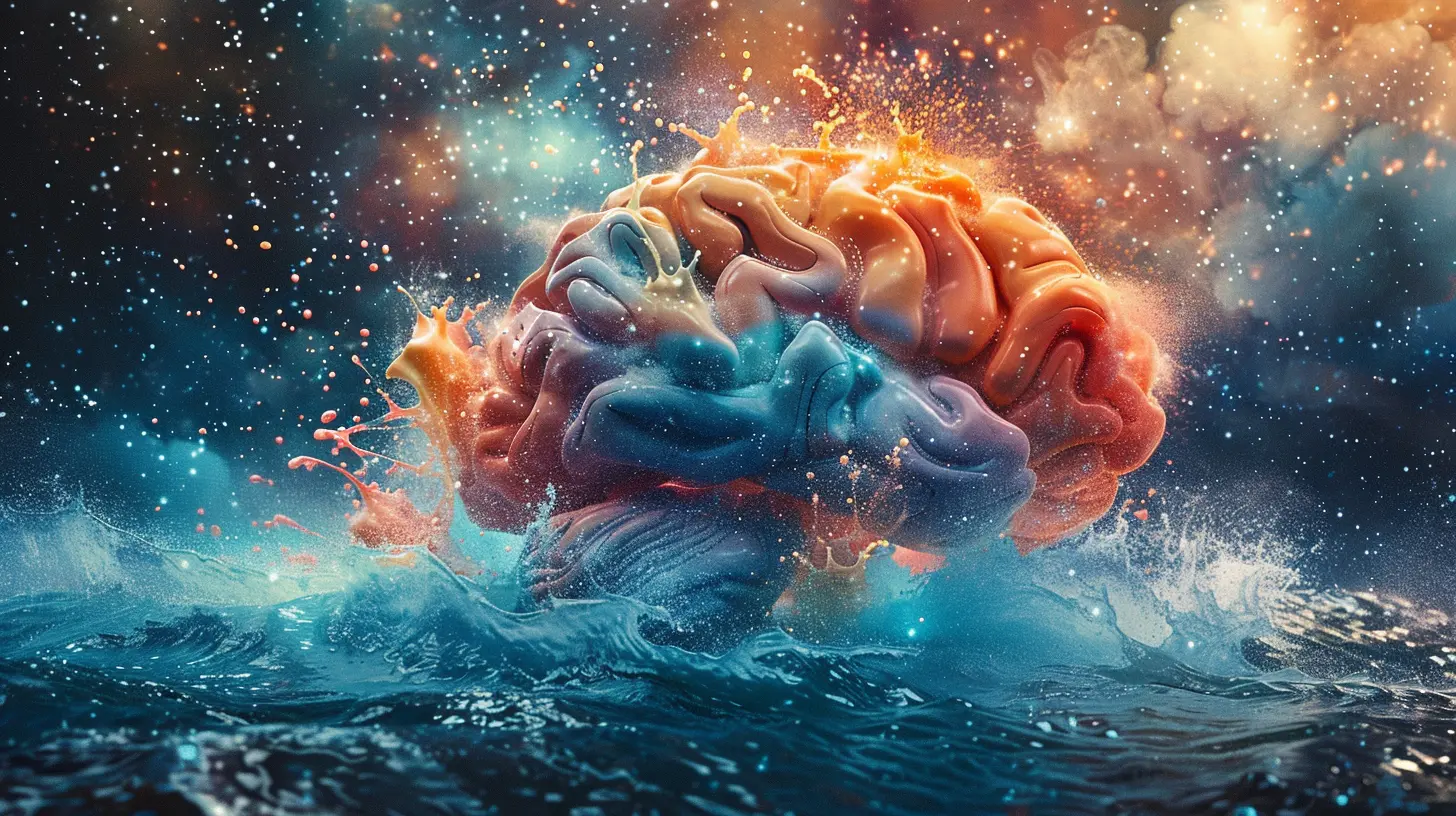
🎇 The Spark: Where Ideas Begin
Let’s get real—we all love the idea of “getting struck by inspiration” like it’s lightning from the gods. But in reality, creativity is kindled by connections. Your brain takes existing information, throws it in the blender of experience, and spits out a smoothie of innovation.This is called conceptual combination. Sounds fancy, right? But really, it’s just about mixing old ideas to create new ones. It’s like LEGO—only instead of blocks, you’re working with memories, knowledge, and caffeine.
The brain region stirring this creative soup? The prefrontal cortex. It’s like the project manager of your mind—analyzing, planning, and occasionally getting distracted by cat videos.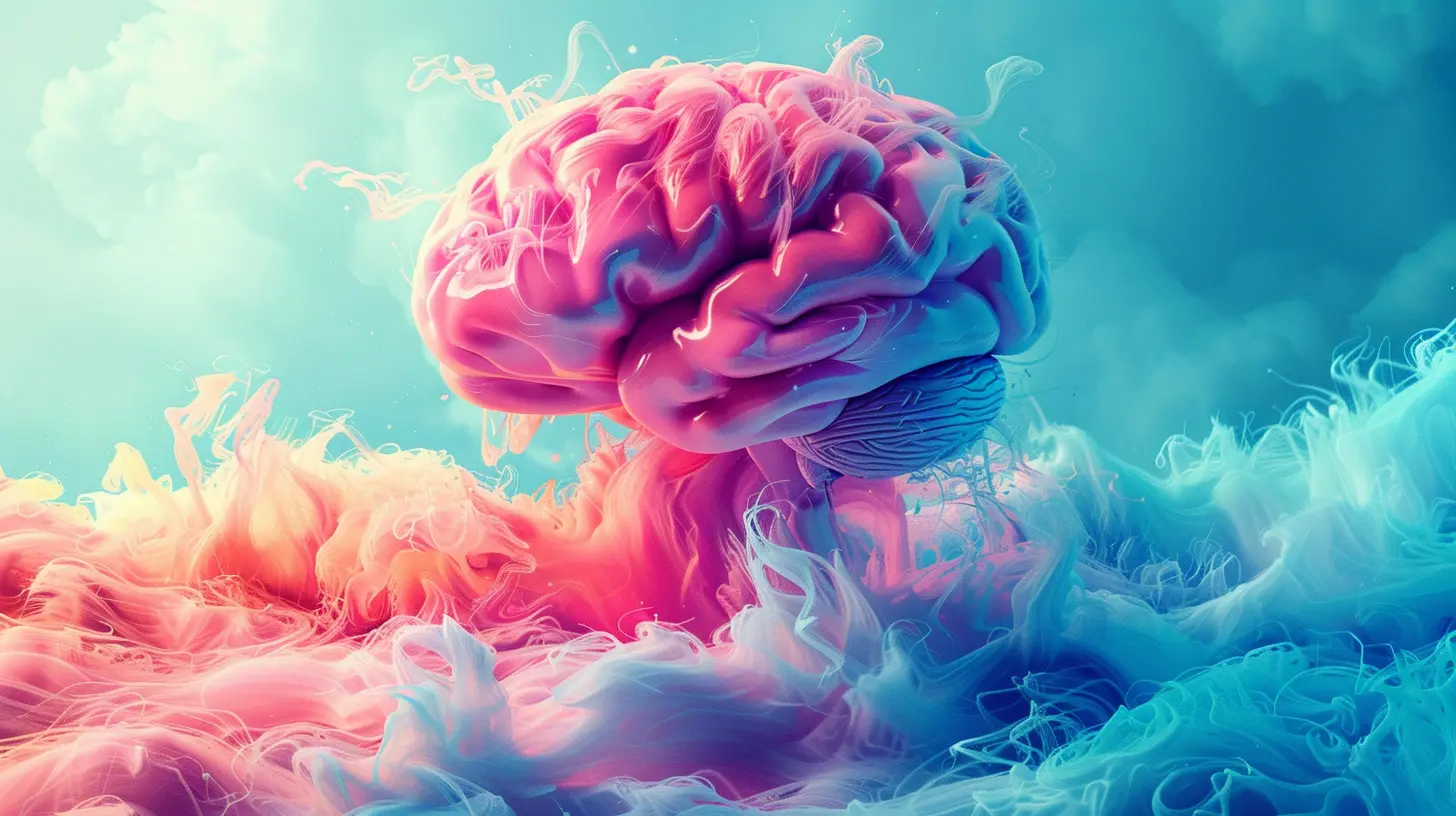
🧬 The Dopamine Dip
Ah yes, dopamine—the brain’s feel-good fairy dust. It’s closely tied to motivation and reward and plays a starring role in creativity. Every time you get excited about an idea, dopamine’s likely cheering you on from the sidelines.But here’s the twist: too much stress or pressure can actually throw a wet blanket on creative thinking. Cortisol, the stress hormone, is dopamine’s evil twin—it narrows focus and shuts down imagination. So if you’re trying to be creative while worrying about your in-laws’ visit or your taxes, good luck with that.
😜 Creativity and Personality: Are You Wired for It?
Ever wonder why some people seem like walking idea factories while others can’t even brainstorm a pizza topping? Part of it might come down to personality.Psychologists link creativity to traits like openness to experience, tolerance for ambiguity, and intrinsic motivation (a.k.a. doing stuff just because you love it, not for clout or cupcakes).
But don’t stress if you’re more “play it safe” than “mad genius.” Creativity is not an exclusive club. Everyone has the wiring—it’s just a matter of tuning the frequency.
🧘♀️ The Power of Boredom and Mindfulness
Okay, here's something wild: boredom might actually fuel creativity. Yep. When you're staring at the ceiling or waiting for your pasta to boil, your DMN kicks into high gear. This mental idle time helps your brain make connections it wouldn't during busy tasks.On the flip side, mindfulness—a form of focused awareness—can also enhance creativity. Sounds contradictory, right? But it's all about balance. Mindfulness strengthens the ECN, helping you stay focused and resist distractions when you're trying to create something magical.
So whether you're zoning out or zenning out, you’re helping your brain innovate. Namaste, daydreamers.
🛠️ Can You Train Your Brain to Be More Creative?
Absolutely. Creativity isn’t just for “naturally gifted” folks. It's a skill you can build like abs—minus the crunches and protein shakes.Here are some brain-tickling tips:
1. Try New Things, Often
Experience is creativity’s playground. Travel, try Thai cooking, learn to juggle flaming torches (kidding... kinda). The more novelty your brain encounters, the more material it has to work with.2. Ask Weird Questions
What if dogs could vote? What would happen if pizza grew on trees? These aren’t just silly hypotheticals—they stretch your thinking and encourage you to connect wild ideas.3. Ditch Perfectionism
Perfectionism is creativity’s buzzkill. Don’t worry about being the next Mozart. Just make something. Anything. A half-baked idea is better than no idea.4. Collaborate with Others
Two minds are often better than one—especially if they disagree. Different perspectives spark debate, which can lead to breakthrough ideas. That’s science, baby.🧪 Creativity in the Lab
Don’t just take my word for it—science has receipts. Neuroscientists have used fMRI scans to observe the creative process in real-time. They’ve found that highly creative people show more flexible activity between brain networks. Basically, their brains are better at switching between ideas and evaluating them.They also found that creativity isn’t a “left-brain” or “right-brain” thing. That whole myth? Total bunk. Really, creativity recruits a whole-brain effort. It’s like group project energy but without the guy who never contributes.
🚀 Why Creativity Matters More Than Ever
In a world of automation, AI, and TikTok trends that change faster than you can say “Charli D’Amelio,” creativity is the ultimate survival skill. It’s what helps us adapt, solve complex problems, and invent futures we can’t yet imagine.Whether you're an artist, entrepreneur, teacher, or accountant with a flair for spreadsheets, creativity is your edge. It humanizes you. It’s what turns “meh” ideas into moonshots.
And hey, it also makes life a heck of a lot more interesting.
🧠 Final Thoughts: Embrace Your Inner Brainstormer
So there you have it—creativity isn’t some mystical gift exclusive to turtleneck-wearing poets. It’s a wonderful, messy cocktail of brain networks, dopamine dashes, and good ol’ curiosity.Your brain is literally wired to innovate. You just need to give it a nudge, a nap, and maybe a little jazz music.
So go ahead—sketch that kooky idea, write that bizarre screenplay, invent a spoon-fork-knife hybrid. Tap into the wobbly, wild world of your mind and let it surprise you.
After all, who needs a lightning bolt of inspiration when you’ve got a brain built for brilliance?
all images in this post were generated using AI tools
Category:
NeuroscienceAuthor:

Janet Conrad
Discussion
rate this article
1 comments
Christina McAleer
This article offers valuable insights into the intricate relationship between neuroscience and creativity. Understanding how our brains innovate not only enriches our appreciation for creative processes but also highlights the potential for fostering creativity in various fields. Great read!
July 3, 2025 at 4:26 AM

Janet Conrad
Thank you for your thoughtful comment! I'm glad you found the insights valuable. Exploring the connection between neuroscience and creativity is truly fascinating.
